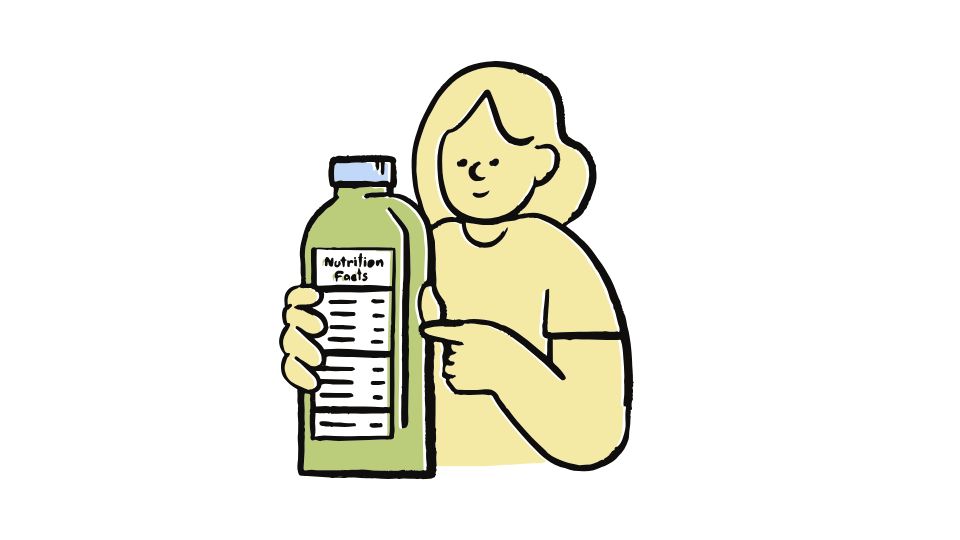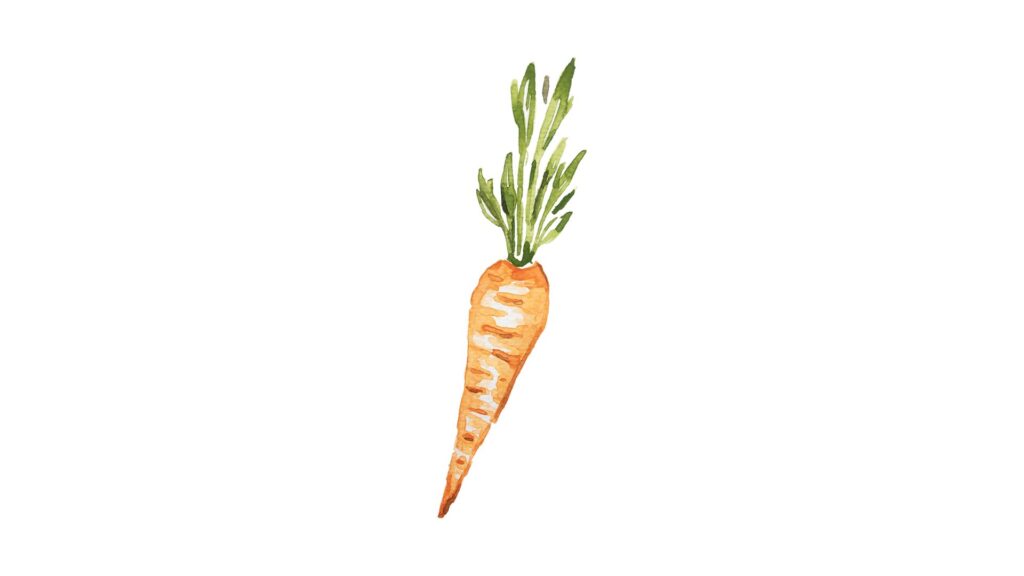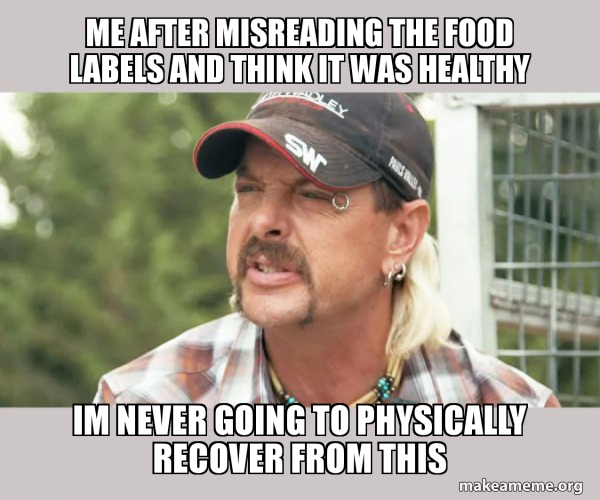Reading Food Labels: What to Look for and What to Ignore

Ever stared at a food label and felt like you’re reading hieroglyphics?
You’re not alone.
Those tiny panels packed with numbers, percentages, and scientific terms can be overwhelming. But here’s the thing – learning to read nutrition labels correctly is one of the most powerful skills you can develop for your health.
Let me break it down for you – no science degree required.
How to Actually Read Nutrition Labels (Without Going Crazy)
Most of us glance at calories, maybe check the sugar, and call it a day. But there’s a method to reading these labels that can transform your food choices without making you obsess over every bite.
Step 1: Size Matters – Check the Serving Size First

This is the #1 trick that food companies use to make their products seem healthier than they are.
That “150-calorie” ice cream might actually be 450 calories because they list a serving size as 1/3 cup when you’re definitely eating the whole cup.
The serving size is always at the very top of the label, and all other information on the label is based on this amount.
So if a package of cookies says:
- Serving size: 2 cookies
- Calories: 150
- Servings per container: 6
But you eat 4 cookies (because who eats just 2?), you need to double all the numbers. That’s 300 calories, double the sugar, double the fat.
Food companies aren’t stupid – they know most people eat more than the listed serving size. That’s why some chips list a serving as 11 chips. Who counts out exactly 11 chips?
Step 2: The Good, The Bad, and The Ugly Nutrients

Not all parts of the nutrition label deserve equal attention. Focus on these:
The Bad Stuff (Limit These)
Saturated Fat: Keeps your heart healthy by eating less. The American Heart Association recommends limiting saturated fat to no more than 5-6% of your daily calories.
Trans Fat: The nutrition villain. If you see “partially hydrogenated oils” in the ingredients, run away! Even if it says “0g trans fat,” companies can round down if it’s less than 0.5g per serving.
Added Sugars: These are now separated from total sugars on labels, which is helpful. Natural sugars in fruit aren’t the same as added high-fructose corn syrup. The WHO suggests limiting added sugars to less than 10% of your daily calories.
Sodium: Most Americans eat way too much salt. If you’re eating a lot of packaged foods, this adds up fast. Look for products with less than 20% DV per serving.
The Good Stuff (Get More)
Fiber: Most of us don’t get enough. Look for at least 3g per serving in grain products. Foods high in fiber help with digestion, keep you full longer, and may reduce heart disease risk.
Protein: Helps keep you full and maintain muscle. Plant or animal protein – both count!
Vitamins & Minerals: These are listed at the bottom. Don’t stress too much about these unless you have specific deficiencies.
Step 3: Decode the Percent Daily Values (%DV)
The percentages on the right side of the label show how much of your daily recommended intake you’re getting from one serving.
Here’s the easy way to use them:
- 5% DV or less = LOW (good for things like saturated fat, sodium)
- 20% DV or more = HIGH (good for things like fiber, bad for things like added sugar)
Remember, these percentages are based on a 2,000-calorie diet. If you eat more or less than that, your personal daily values will differ.
Step 4: Ignore the Marketing BS on the Front
Food companies spend millions on making their products look healthy with flashy claims on the front:
- “All Natural!”
- “Made with Real Fruit!”
- “Good Source of Protein!”
- “No Artificial Colors!”
None of these mean the food is actually healthy.
A package of gummy bears might say “Made with real fruit juice!” but still be basically candy. A sugary cereal might say “Good source of vitamins!” but still be junk food with added nutrients.
The front of the package is marketing. The nutrition label is reality.
The FDA has specific guidelines for what claims can be made, but companies are clever at finding loopholes.
Step 5: Check the Ingredients List
Ingredients are listed in order by weight – the first ingredients make up most of the product.
If the first few ingredients include sugar (or any of its aliases like corn syrup, cane juice, dextrose), refined flours, or oils, that’s a red flag.
A study from JAMA Internal Medicine found that 60% of our calories come from ultra-processed foods. Reading ingredient lists can help you spot these.
Look for:
- Whole foods at the beginning of the list
- Short ingredient lists you can pronounce
- No artificial additives if possible
The Real-World Approach to Reading Labels

Let’s be real – you’re not going to analyze every label of everything you eat. That would drive you insane.
Here’s my practical approach:
Compare similar products. If you’re buying crackers, compare several brands sodium content to find the lower one.
Focus on foods you eat regularly. The cereal you eat every morning matters more than the special occasion ice cream.
Use the 80/20 rule. Spend 80% of your effort on everyday foods, 20% on occasional treats.
Don’t let perfect be the enemy of good. Sometimes the slightly less healthy option fits your life better. That’s okay!
How I Use Nutrition Labels in Real Life

Here’s my personal strategy that’s served me well without making me neurotic:
I check serving sizes first, always.
For everyday foods (breakfast, lunch staples), I look for lower added sugar, higher fiber, reasonable sodium, and simple ingredients.
For treats and occasional foods, I don’t stress. A cookie is a cookie.
I compare brands when I’m choosing a new product to add to my regular rotation.
I ignore most front-of-package claims and look at the actual nutrition label instead.
This approach keeps me sane while still making healthier choices over time.
In Summary
Reading nutrition labels doesn’t have to be complicated. Start with serving size, focus on the key nutrients (limit the bad, get more of the good), use percentages as a quick guide, ignore front-of-package marketing, and scan the ingredients list.
The more you practice, the faster you’ll get at spotting the information that matters to you.
And remember – no food is “good” or “bad” based solely on its label. The overall pattern of what you eat matters far more than any single food choice.
Now go forth and decode those labels like a nutrition detective!

